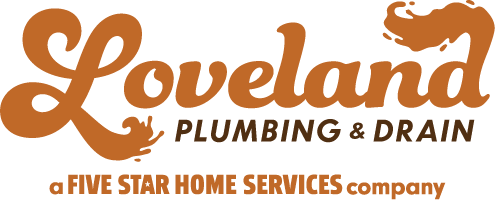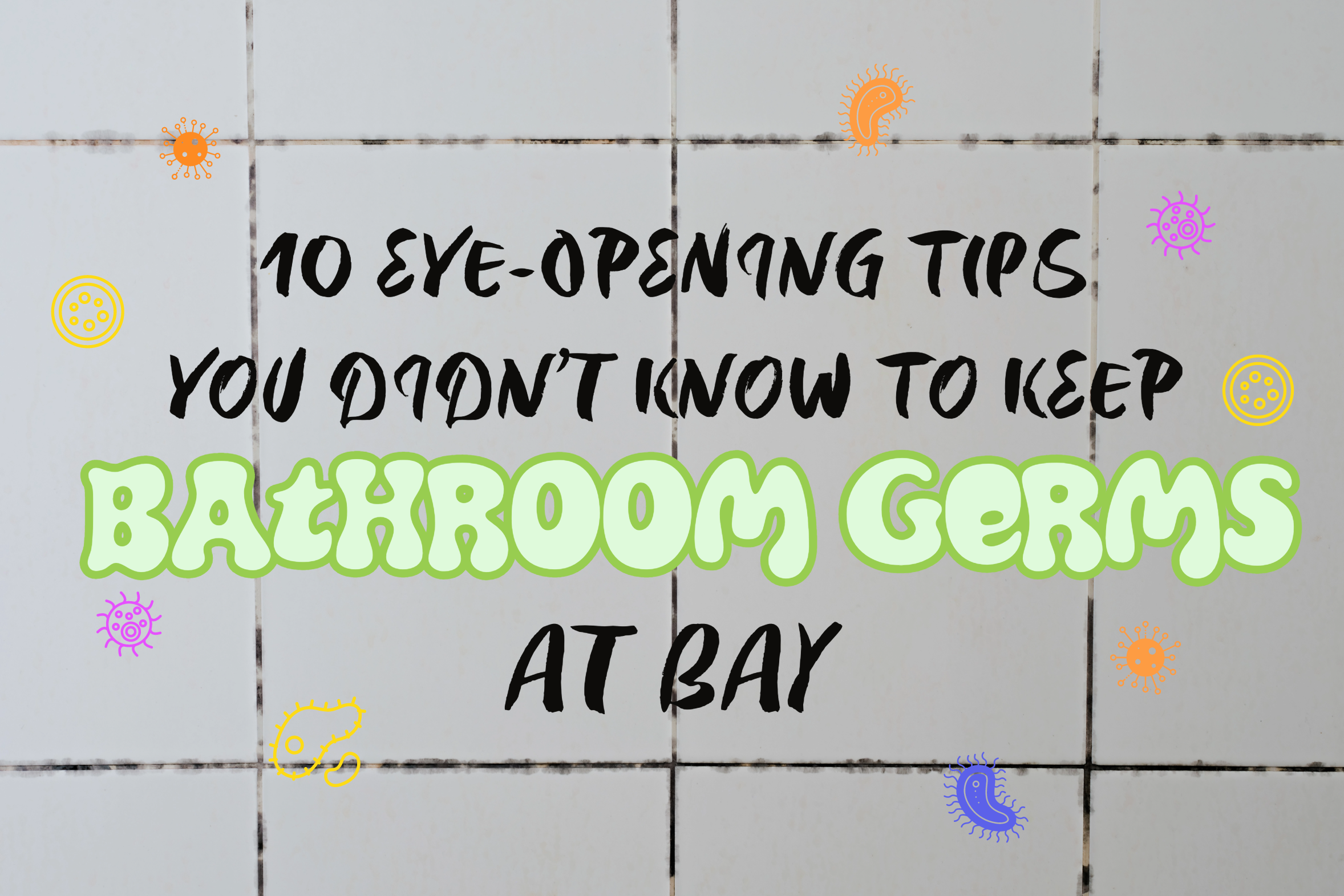Maintaining a clean and hygienic bathroom is essential for your overall well-being. From thorough handwashing to installing touchless fixtures, adopting certain practices can make a significant difference in boosting your bathroom hygiene. In this blog, Loveland Plumbing & Drain will delve into each tip as we aim to offer you some eye-opening yet helpful habits to reduce the unwanted bacteria and airborne microbes in your bathrooms.
WHERE DO GERMS COMMONLY RESIDE IN THE BATHROOM?
Before we get into our tips, let’s identify the areas in your bathroom that are most prone to germs. These areas include:
- Toilet seat and handle
- Sink faucet and handles
- Shower curtains and bath mats
- Towels and washcloths
- Countertops and surfaces
WHAT TYPE OF BACTERIA CAN YOU FIND IN BATHROOMS?
Now, let’s talk about the type of bacteria that can be found in bathrooms:
- E. coli
- Staphylococcus
- Salmonella
- Influenza virus
- Norovirus
WHAT ARE THE 10 EYE-OPENING TIPS YOU CAN USE TO KEEP BATHROOM GERMS AT BAY?
Handwashing
Proper handwashing is crucial. Emphasize this repeatedly. Ensure that everyone in your household knows how to thoroughly scrub their hands with soap and warm water for at least 20 seconds. Following CDC guidelines, effective handwashing is a fundamental practice to prevent the spread of germs.
Bathroom Cleaning
Set a specific day of the week for cleaning your bathrooms if you haven’t already. Having a routine for thorough bathroom cleaning will help you stay organized and ensure that it gets done. Another great tip is to keep antibacterial wipes nearby for quick and easy disinfecting. Wiping surfaces with these wipes helps prevent the spread of germs in between regular cleaning sessions.
Toothbrushes
Store toothbrushes with covers to prevent airborne bacteria from landing on them. This is crucial for maintaining oral hygiene. Factors like proximity to the toilet, aerosolized particles when flushing, and contact with hands can contribute to bacterial contamination. So, keeping them covered is the best option.
Close the Lid When Flushing
To minimize the spread of bacteria, close the toilet lid before flushing. This helps contain bacteria and prevents airborne particles from spreading throughout the bathroom.
Touchless Faucets
To minimize surface contact, use hands-free fixtures such as motion-sensor faucets. This helps reduce the risk of cross-contamination through touching surfaces.
Disinfect Toilet Brushes
Clean your toilet brush after each use. If you have a disposable brush, use it to avoid bacterial buildup. If not, clean the brush after every use. To clean the toilet brush, hold it firmly with the bristle end positioned over the toilet. Then, pour hot water and bleach over the bristles. Once done, place the toilet brush handle between the toilet bowl and seat lid to keep it elevated, allowing it to air dry for a minimum of five minutes before returning it to the holder.
Shower Curtains
To keep your shower space clean and hygienic, make sure to change shower curtains regularly or choose washable fabric liners. This helps prevent bacterial and mold buildup.
Bidets
Bidets offer a thorough and hygienic alternative. They provide a cleaner option compared to traditional toilet paper, reducing the risk of spreading germs through hand contact. Plus, they are reasonably priced and easy to install yourself!
Bathroom Ventilation
Ensure proper ventilation in your bathroom after each use. This can be achieved through methods such as using exhaust fans or opening windows. Adequate ventilation helps reduce moisture, creating an environment that is less favorable for bacterial growth.
Professional Drain Cleaning
Household drains provide an ideal environment for bacteria growth due to the accumulation of organic matter, soap scum, and debris. To prevent bacterial and mold buildup, it is recommended to schedule professional drain cleaning every 1-2 years. This helps maintain a healthy plumbing system, preventing clogs and unwanted bacterial growth. For more information, feel free to contact us.
Incorporating these bathroom hygiene habits into your daily routine can transform your space into a haven of cleanliness and well-being. From the basics of handwashing to embracing modern fixtures like touchless faucets and bidets, each step plays a crucial role in creating a healthier home. Make these practices a part of your lifestyle and enjoy the benefits of a hygienic and inviting bathroom for years to come.
Call Loveland Plumbing & Drain today at (513) 644-0556 or schedule an appointment now by clicking here!

